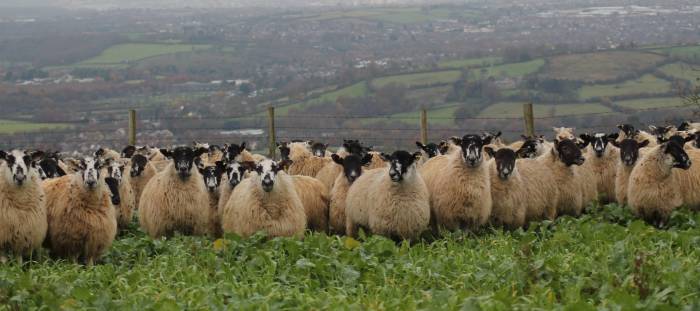25th November 2022
The dry summer and mild, wet autumn of 2022 has resulted in a high worm challenge on many farms, with reports from around the UK of lambs suffering from the effects of high worm burdens.
From poor growth rates through to deaths, the losses are significant – but according to the Sustainable Control of Parasites in Sheep (SCOPS) group, are preventable with monitoring.
Speaking on behalf of the SCOPS group, independent sheep consultant Lesley Stubbings says: “Over the summer, worm burdens were generally low because of the dry conditions. But once the rain came worms restarted their lifecycles and, with the mild temperatures continuing well into November, have been able to build up to high levels on contaminated pastures.
“The situation may also be made worse because many of this year’s lambs may not have met enough of a challenge from worms over the summer to stimulate their immune system, making them more susceptible than normal.”
To avoid being caught out, SCOPS says sheep farmers should continue regular faecal egg counts (FECs) through the autumn and winter and discuss treatment options with their vet or adviser.
Ms Stubbings continues: “This will also avoid unnecessary treatments because lambs can scour or look unthrifty for reasons other than worms.
“If you do need to worm the lambs, it is also important to follow this up with a FEC test on the mob to check that the treatment has worked.
“Lambs on forage crops also need to be monitored, because if they took a significant burden on to the crop with them, these worms may have multiplied over the autumn to levels where they are a threat. Worms can complete their lifecycles on forages other than grass, so don’t get caught out.”
There is information on the SCOPS website about follow-up FEC tests to check a treatment has worked. The interval is seven days if a yellow (2-LV) product has been used, 14 days for all other wormers. See www.scops.org.uk/internal-parasites/worms.
Notes to editors: -
